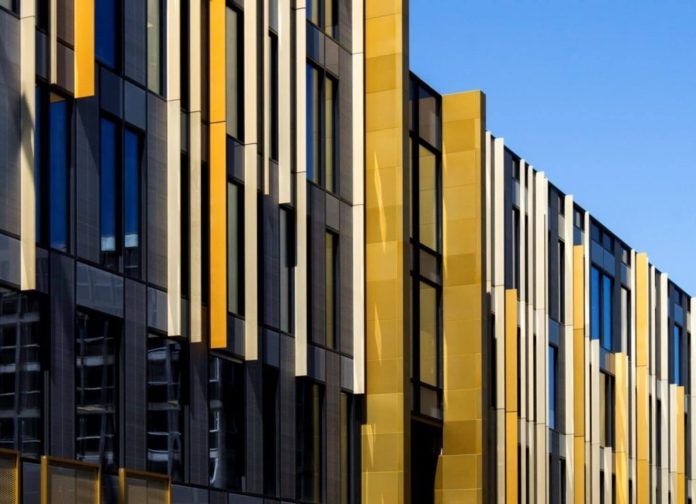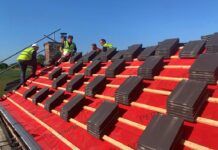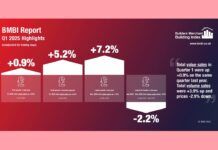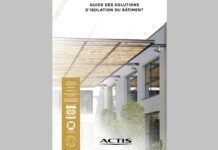Research from AMA has found that the UK wall cladding market has been affected by reduced demand from key end-use sectors since 2017, recording only a modest growth of 13% in total installed area between 2015 and 2019.
The COVID-19 pandemic has had a profound effect on the market, with site closures in early spring 2020, leading to project delays and product shortages in some instances, as contractors and manufacturers adapted to safer production and working practices.
However, rainscreen cladding has benefitted from increased retrofitting on offices and apartment blocks, as the need to protect structures from extreme weather and water ingress has increased.
Jane Tarver, editor of the AMA Wall Cladding Market Report, said: “Rainscreen cladding systems have been a fast-growing product sector in recent years, estimated to have quadrupled in terms of area installed from 2013 levels.
“The main area of application has been offices, although there has also been strong demand for use on residential towers, demand further boosted by the requirement to replace unsafe ACM cladding on a number of high-rise residential buildings in the wake of the Hackitt Review into the Grenfell Tower disaster.”
Jane continued: “As a result of the ban on use of ACM cladding with a polyethylene core on high rise residential developments, the market share of these types of products and systems will be impacted, while others will gain market share from changes in product specification.”
Grenfell and the Hackitt review continues to influence the market, with a ban on the use of ACM cladding, which has led to an increased demand for products with the highest level of fire safety classifications, such as stone, glass wool, concrete and fibre cement.
Following a decline of around 13% for installed cladding area in 2020, the market is forecast to return to growth in 2021, thereafter seeing annual increases of around 4-5% to reach around 48 million m2 by 2024.




